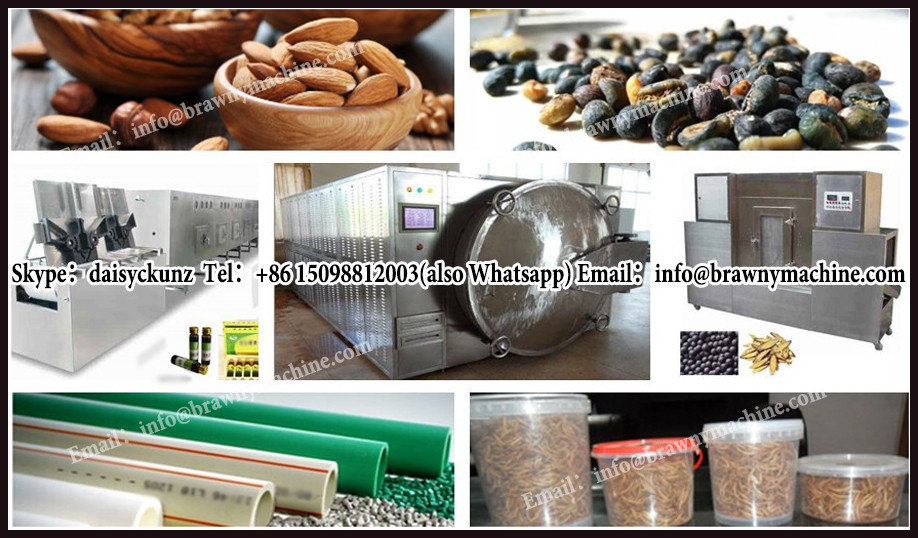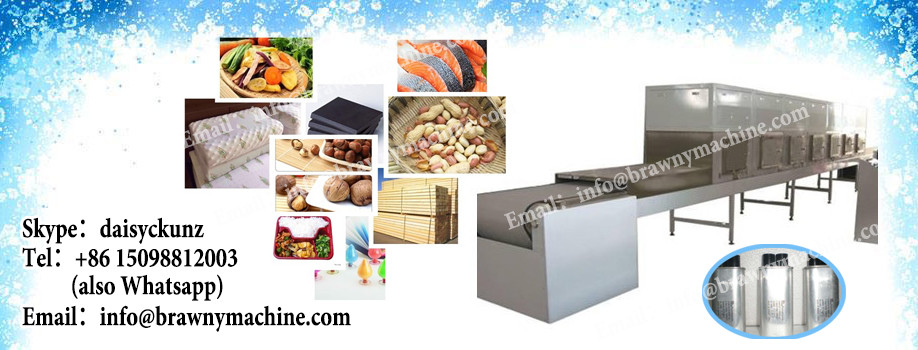
DENY Electric Drying Cabinets

china Yongfeng Enterprise:Autoclaves | Sterilizers Etc
|
YGZ-1000 series YGZ-1000 series drying cabinet is kind of small-size drying equipment developed according to the market demand. It is mainly used for drying of surgical operating instrument, stainless steel dish and bowl, glass ware and plastic items. Drying temperature setting range: 40°C-90°C (adjustable); Drying time setting range: 0-9999s (adjustable). According to appearance and material, it can be divided into YGZ-1000 (all stainless steel) and YGZ-1000X (outer cover with plastic spray). Application Hospital CSSD, operating room and other departments in which items need toget dried. Capacity It can handle 10 DIN standard instrument trays or stainless steel dishes/bowls. Control system It equipped with reliable PLC which is assembled of American chip, 3 sets of default programs (A: operating instrument B: glass ware C: plastic article) and 2 sets of custom programs. The screen displays dynamic parameters timely which is intuitionistic and the parameters are adjustable. It is equipped with self-checking function. Materials The whole chamber adopts 304 stainless steel board and thermal insulation jacket to avoid heat lost; The triple-glazing door is designed like a glass window for avoiding heat lost and monitoring the inside working. The unique design of the rack structure is easy to pick and place. |







What is a electric drying cabinets (autoclave)?
A electric drying cabinets (autoclave) is a device that uses steam to sterilize equipment and other objects. This means that all bacteria, viruses, fungi, and spores are destroyed. Autoclaves work by allowing steam to enter and maintaining extremely high pressure for at least 15 minutes. Because damp heat is used, heat-labile products (such as some plastics) cannot be sterilized or they will melt.
What autoclave should I use (class B, class S or Class N)?
What autoclave you should use is determined by the type of instruments that you sterilize. If you sterilize Hollow Load Type A & B instruments, you will need an autoclave capable of running a Type B Cycle. These autoclave are usually called Class B sterilizers. Typical users of Class B autoclaves include: Dentists Plastic surgeons Day surgeries Medical Surgeries Podiatrist Tattooist Body Pierces Veterinary application Cosmetic application (Including hair or nail salons etc…) If you only sterilize unwrapped Non Hollow instruments, you only need an autoclave capable of running Class N Cycles. These autoclaves are usually called Class N Sterilizers. Not many new sterilizes are Class N, although many older sterilizers are. When purchasing a new autoclave to run Class N, it is best to purchase a Class S sterilizers as these can easily process such instruments. Can a single sterilizer be used for multiple load types? Generally all autoclaves are capable of sterilizing all types of loads, but in order to get the most from your considerable investment it is worth investigating what options might be available to more efficiently process the different types of materials. A waste load can be processed far more effectively by using options such as DENY Electric Drying Cabinets and free steaming, but using these on a media load could lead to disaster. Some laboratories use a different autoclave for each load type to avoid cross contamination, but for smaller laboratories this can easily be overcome by having pre-set selectable programs for each load type. Once programmed and ‘locked off’ these cycles can also be qualified.
What is a class B autoclave?
Class B autoclave used for sterilizing all objects (solid instruments, porous objects and A and B hollow objects, both packaged and un-packaged); Class N autoclave used for sterilizing only un-packaged solid instruments; Class S autoclave used for sterilizing un-packaged solid instruments plus one other of the types indicated for cycle B (to be specified by the maker). Class B autoclaves are the autoclaves that can carry out cycle B and thus can sterilize any kind of object.
What is the difference between disinfection and sterilization?
Disinfection destroys all the micro-organisms present in a given environment apart from spores: an object that has been disinfected properly may still transmit a pathogenic micro-organism. Sterilization, on the other hand, is the complete elimination of all micro-organisms including spores.
What is EN 13060 standard?
This is the applicable European standard, relating to small steam sterilizers. In most cases (Dental, Medical, Tattoo, Piercing, Podiatry, Veterinary, laboratory) this standard applies at reprocessing of reusable medical and surgical instruments and equipment, and maintenance of the associated environment.
